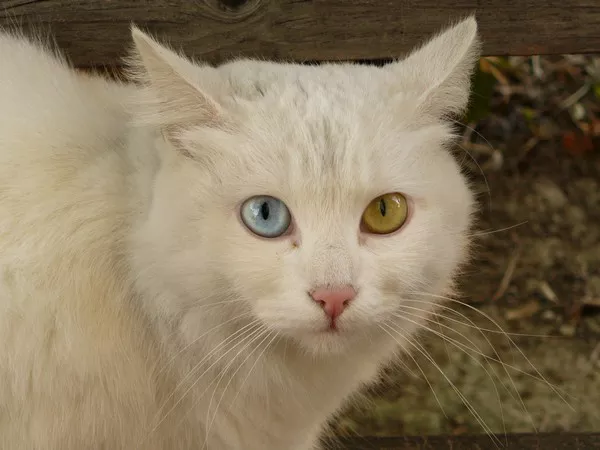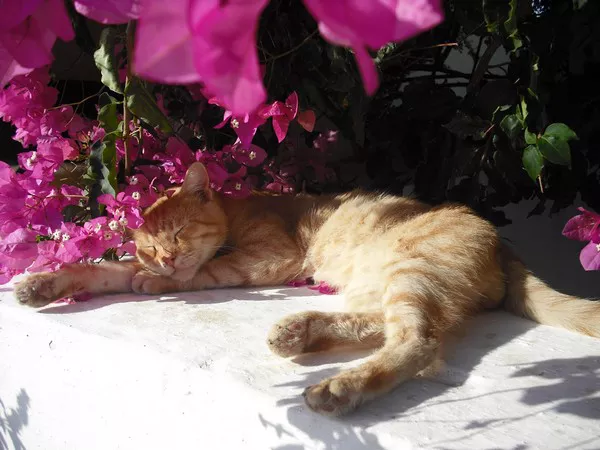Veterinary technicians play a critical and compassionate role in providing hospice care and assisting with the euthanasia process for feline patients. Jamie Rauscher, LVT, hospital manager at Animal Hospital of Towne Lake and president of the National Association of Veterinary Technicians in America (NAVTA), discussed the importance of this role during her presentation “The Technician’s Role in Euthanasia, Hospice, and Palliative Care Appointments” at the 2024 New York Vet Show. In her session, she outlined five essential steps for developing an effective hospice and palliative care plan that veterinary practices can implement for their feline patients.
The Feline Hospice and Palliative Care Guidelines, established by the Feline Veterinary Medical Association (FelineVMA), provide a framework for veterinary practices. These guidelines consist of five key steps: assessing the caregiver’s needs, educating them about the disease process, creating a personalized care plan, implementing palliative care techniques, and providing emotional support throughout the process, both during and after the pet’s death.
Step 1: Evaluating the Caregiver’s Needs
Each client has unique needs, beliefs, and goals when caring for their feline companion, particularly during an end-of-life stage. Rauscher emphasized that the severity of the pet’s illness will directly influence the level of care needed. It’s essential to evaluate the caregiver’s “personal budget,” which includes factors like time, finances, emotional capacity, and physical resources. Key questions to consider include:
Does the caregiver have the financial resources to cover their cat’s medical expenses?
Can they physically and emotionally handle the demands of providing care, especially if it involves administering medication or fluids?
Does the cat have the strength to undergo treatments, such as medication administration or fluid therapy?
Is there someone who can assist the caregiver if needed?
Discussing the quality of life and potential decisions regarding euthanasia or hospice care is also important. During this step, veterinary technicians often spend time speaking with the client, addressing these concerns, and ensuring the client’s goals are understood.
Step 2: Educating the Caregiver
Education is key to ensuring that caregivers are fully informed about their cat’s illness, treatment options, and the progression of the disease. Rauscher stressed that veterinary technicians should provide a variety of educational materials, such as verbal explanations, written instructions, and visual aids. The goal is to ensure that caregivers understand how to manage their pet’s condition at home, including tasks like administering subcutaneous fluids.
Rauscher emphasized the importance of taking time with each client, listening to their concerns, and helping them make informed decisions. Veterinary technicians should build trust by being honest with the client, especially when they ask for advice about what they would do in a similar situation. It’s crucial that clients feel they have a supportive and informed resource in the veterinary team, and that they can ask questions without fear of judgment.
Step 3: Creating a Personalized Care Plan
A personalized care plan should be developed collaboratively by the veterinary team, with input from both the client and the veterinary technicians. The plan should clearly outline the cat’s diagnosis, treatment options, and the caregiver’s responsibilities. It should also include a written guide to the expected course of care, including potential costs and emotional support resources. This plan helps set clear expectations and ensures both the pet and the caregiver have the support they need throughout the process.
Step 4: Implementing Hospice or Palliative Care Techniques
Palliative care techniques are designed to ensure the cat’s comfort while providing the caregiver with the tools they need to offer care at home. Rauscher discussed various therapeutic techniques, such as pain management, and the importance of teaching caregivers how to assess their cat’s response to treatment. Recognizing signs of decline in the pet is essential for making informed decisions about continued care.
Additionally, the home environment should be optimized for the cat’s safety and comfort. This may include ensuring easy access to food and water, providing comfortable bedding, and adapting the living space to the pet’s needs. Technicians also guide caregivers on safe handling techniques and ways to ensure the pet’s experience during treatments remains positive and supportive.
Rauscher emphasized the importance of establishing communication channels with clients, whether through phone, email, or telehealth. This ensures that the caregiver can reach out to the veterinary staff for advice and assistance whenever necessary, empowering them to be proactive in managing their pet’s care.
Step 5: Providing Emotional Support
Veterinary technicians play a critical role in offering emotional support to caregivers during their cat’s illness and after the pet’s passing. Clients often experience a wide range of emotions, including grief, denial, and helplessness. Rauscher stressed that it’s vital for veterinary staff to be there for the client, offering reassurance and compassion.
“It’s okay for them to cry,” Rauscher said. “It’s okay for them to feel upset or unsure. What matters is that they know they are not alone in this process.”
Veterinary practices should provide resources like support groups and counseling to help clients cope with their emotions. This emotional support extends beyond the death of the cat, as many caregivers continue to experience grief and loss after the euthanasia process.
In conclusion, the role of veterinary technicians in feline hospice and palliative care is both crucial and heartfelt. By evaluating the caregiver’s needs, educating them, creating a personalized care plan, applying palliative care techniques, and offering emotional support, veterinary technicians help ensure that both the cat and its owner receive the care and comfort they need during one of life’s most difficult times.
Related Topics


























